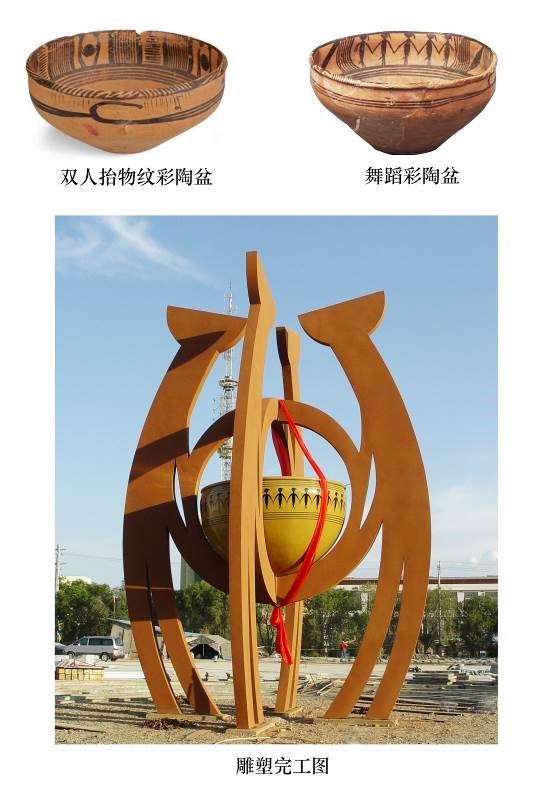The art of the Age of the Stone is the origin and embryonic period of China's art. The obvious feature of art in this period is the combination of art and practice. On some simple stone tools, we can observe some beautiful intentions and signs. Only in the late Paleolithic period did some decorations appear, such as drilled stone pendants and animal teeth, which were made for the purpose of beautifying life.
The development of art in the Neolithic Age turned to the use of tools. The invention of pottery is not only practical, but also more beautiful in shape and decoration. The paintings and sculptures of this period are also reflected in the shape and decoration of pottery. The art of pottery sculpture was almost synchronized with the pottery making process. It belongs to the early pottery sculpture works of the Neolithic Age, including the pottery sculpture head unearthed in Mixian County, Henan Province, and the pottery pig and sheep unearthed in Hemudu, Yuyao, Zhejiang Province.
The ceramic sculptures of Yangshao culture, Majiayao culture and Dawenkou culture are mostly decorative sculptures. Among them, Majiayao culture is a Neolithic culture developed under the influence of Yangshao culture in Guanzhong area. Its pottery shape characteristics are similar to Yangshao culture, but it is a culture with obvious local characteristics.
As shown in the figure below, these two cultural relics unearthed at the site of Zongri in Tongde County, Qinghai Province, are painted with four groups of symmetrical patterns and horizontal lines of two people lifting objects on the inner wall. The figures stand opposite each other, with slightly bent back, and two arms stretched forward to lift a circular weight. The idea is ingenious and original, the structure is symmetrical and balanced, the pen is simple but light and powerful, the lines are thick and thin, and the figure image is full and vivid. Its content and artistic value are of milestone significance in many aspects. The inner wall of the dance basin is composed of two groups of group carnival dance patterns composed of 11 and 13 people respectively. The headdress is relatively wide, and the tail decoration is very special. The group steps with arms. The two groups of people's patterns are separated by folds, twills, and dots. The patterns are properly dense, and the character image is rhythmic.
The remote sculpture company combines two unearthed cultural relics and creatively uses them to create a landmark square sculpture with the perfect integration of modern materials and traditional images. In this regard, these two cultural relics are enough to become the typical representatives and symbols of Hainan's profound cultural tradition, and their images are also enough to become the focus of the center of the people's square in Chapcha.

Phone:13451917808 Ms.Sun
Phone:13913853943 Mr.Ma
Tel:025-52607585
Email:yuanfangds@163.com
Add:Guli Industrial Park, Jiangning District, Nanjing City